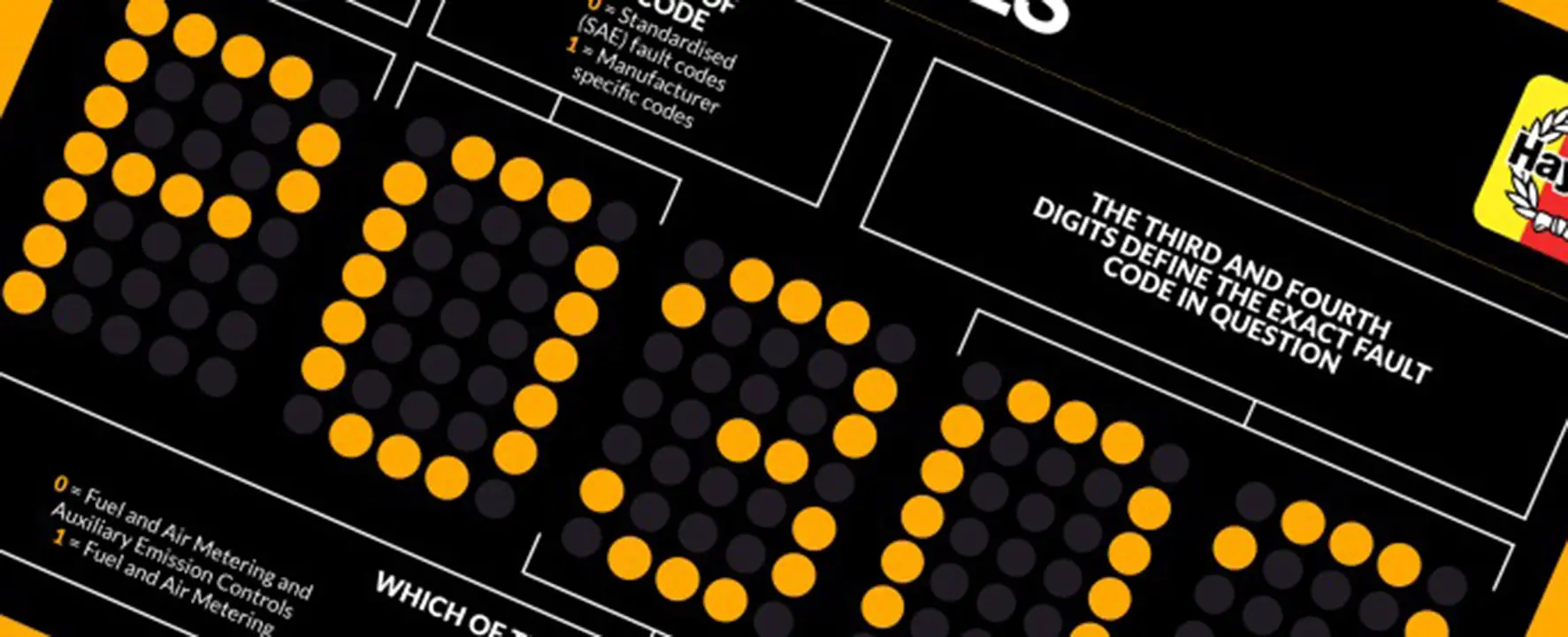If you own a BMW vehicle, you may have come across the term “OBDII trouble codes“. Understanding what these codes mean can be essential for diagnosing and resolving issues with your BMW. In this article, we will explore BMW OBDII trouble codes in detail, providing you with the knowledge to interpret and address these codes effectively.

1. Introduction to BMW OBDII Trouble Codes
The On-Board Diagnostics II (OBDII) system in BMW vehicles is a standardized method for monitoring the performance and detecting issues in various vehicle systems. When a problem occurs, the OBDII system generates trouble codes that provide specific information about the issue.
2. How Does OBDII Work?
The OBDII system in a BMW relies on various sensors and components to monitor the vehicle’s performance. These sensors collect data and send it to the Engine Control Unit (ECU), which then analyzes the information. If the ECU detects any anomalies or malfunctions, it generates trouble codes.
3. Importance of OBDII Trouble Codes
BMW OBDII trouble codes serve as valuable indicators when it comes to diagnosing problems within the vehicle. These codes provide insights into the specific area or component that requires attention, helping technicians and owners identify and resolve issues promptly.

4. Common BMW OBDII Trouble Codes
Here are some common BMW OBDII trouble codes and their meanings:
4.1 P0300 – Random/Multiple Cylinder Misfire Detected
This code indicates that the engine is misfiring, potentially due to issues with the ignition system, fuel delivery, or air intake.
4.2 P0171 – System Too Lean (Bank 1)
P0171 signifies that there is a lean fuel-to-air mixture in the engine’s cylinders on Bank 1. This may be caused by a vacuum leak, faulty oxygen sensors, or a malfunctioning fuel injector.
4.3 P0420 – Catalyst System Efficiency Below Threshold (Bank 1)
The P0420 code indicates that the catalytic converter’s performance is not meeting the expected threshold. It often points to a failing catalytic converter, but other factors like oxygen sensors or exhaust leaks can contribute to this issue.
4.4 P2187 – System Too Lean at Idle (Bank 1)
P2187 suggests that the fuel-to-air mixture is too lean during idle conditions. It can be caused by a vacuum leak, malfunctioning sensors, or issues with the fuel delivery.
4.5 P0011 – “A” Camshaft Position – Timing Over-Advanced or System Performance (Bank 1)
The P0011 code indicates that the camshaft position is over-advanced or experiencing performance issues. It may be caused by problems with the variable valve timing system, such as a faulty camshaft position sensor or issues with the timing chain.
5. How to Retrieve BMW OBDII Trouble Codes
To retrieve OBDII trouble codes from your BMW, you will need an OBDII scanner or code reader. These devices can connect to the OBDII port in your vehicle, typically located under the dashboard. Once connected, the scanner will communicate with the ECU and display the trouble codes on its screen.
6. Interpreting BMW OBDII Trouble Codes
Interpreting BMW OBDII trouble codes requires understanding the alphanumeric format of the codes. The codes consist of a letter followed by four numbers. The letter indicates the general category of the issue, while the numbers provide specific details about the problem. Online databases and resources can help you decipher the meaning of the codes related to your BMW model.

7. Resolving BMW OBDII Trouble Codes
Resolving BMW OBDII trouble codes often involves diagnosing and repairing the underlying issue. Depending on the code, the troubleshooting process may include inspecting and repairing components related to the specific system mentioned in the code. It is recommended to consult a qualified mechanic or refer to the BMW service manual for accurate diagnosis and repair.
8. Preventive Measures for OBDII Trouble Codes
While some OBDII trouble codes may occur unexpectedly, certain preventive measures can help minimize their occurrence. Regular vehicle maintenance, such as timely oil changes, air filter replacements, and spark plug inspections, can contribute to the overall health of your BMW’s systems. Additionally, addressing any warning signs or abnormal behaviors promptly can prevent minor issues from developing into major problems.
9. Conclusion
Understanding BMW OBDII trouble codes is essential for diagnosing and resolving issues with your vehicle. These codes serve as valuable indicators, providing specific information about the areas or components requiring attention. By retrieving and interpreting the codes correctly, you can effectively address any problems and maintain the optimal performance of your BMW.
FAQs
How often should I check for BMW OBDII trouble codes?
It is recommended to check for OBDII trouble codes periodically or whenever you notice any abnormal behavior in your BMW’s performance.
Can I use a generic OBDII scanner for my BMW?
While generic OBDII scanners can read basic codes, it is advisable to use a BMW-specific scanner or a scanner that supports BMW protocols for comprehensive diagnostics.
Are BMW OBDII trouble codes the same for all models?
While some trouble codes may be common across multiple BMW models, certain codes can be specific to particular models or engine configurations.
Can I clear OBDII trouble codes myself?
Yes, OBDII scanners usually have an option to clear trouble codes. However, it is crucial to address the underlying issue before clearing the codes to prevent recurring problems.
Should I ignore a single occurrence of an OBDII trouble code?
It is advisable not to ignore any OBDII trouble code, even if it appears only once. It is essential to investigate and address the issue promptly to prevent further damage or complications.
In conclusion, familiarizing yourself with BMW OBDII trouble codes can greatly assist in diagnosing and resolving issues with your vehicle. By understanding the meaning of these codes and using the appropriate diagnostic tools, you can effectively pinpoint the source of the problem and take the necessary steps to rectify it.
However, it is important to note that while OBDII trouble codes provide valuable information, they should not be solely relied upon for diagnosis. It is always recommended to consult with a qualified BMW technician or mechanic who has the expertise and experience in dealing with BMW vehicles. They can perform thorough inspections, use advanced diagnostic equipment, and provide accurate solutions based on their knowledge of BMW systems.
By addressing OBDII trouble codes promptly and accurately, you can ensure the continued performance and reliability of your BMW. Regular maintenance, prompt repairs, and preventive measures will help keep your vehicle running smoothly and minimize the occurrence of these trouble codes.
If you have any further questions or concerns about BMW OBDII trouble codes, don’t hesitate to reach out to your trusted BMW service center for assistance. They will be able to provide you with the necessary guidance and support to keep your BMW in optimal condition.

